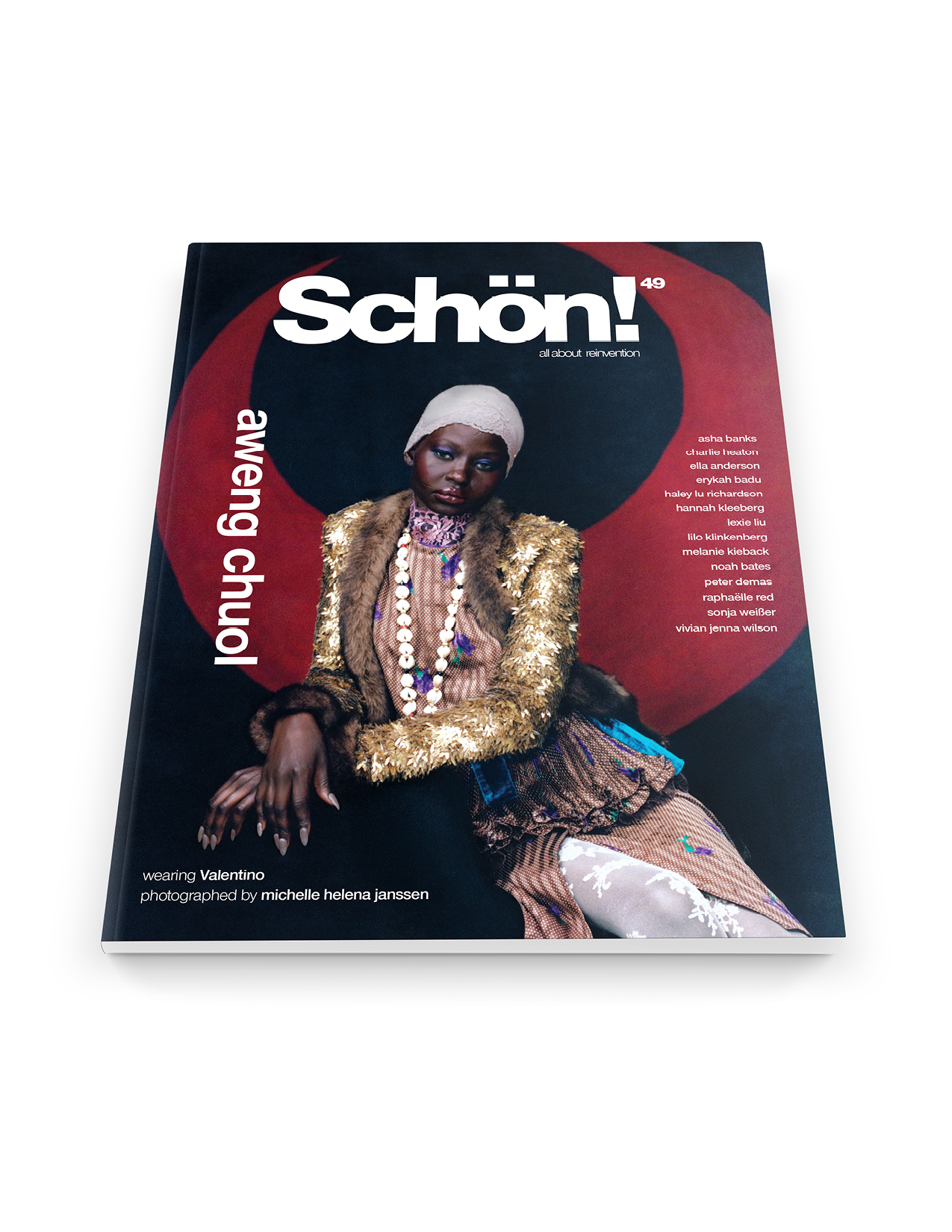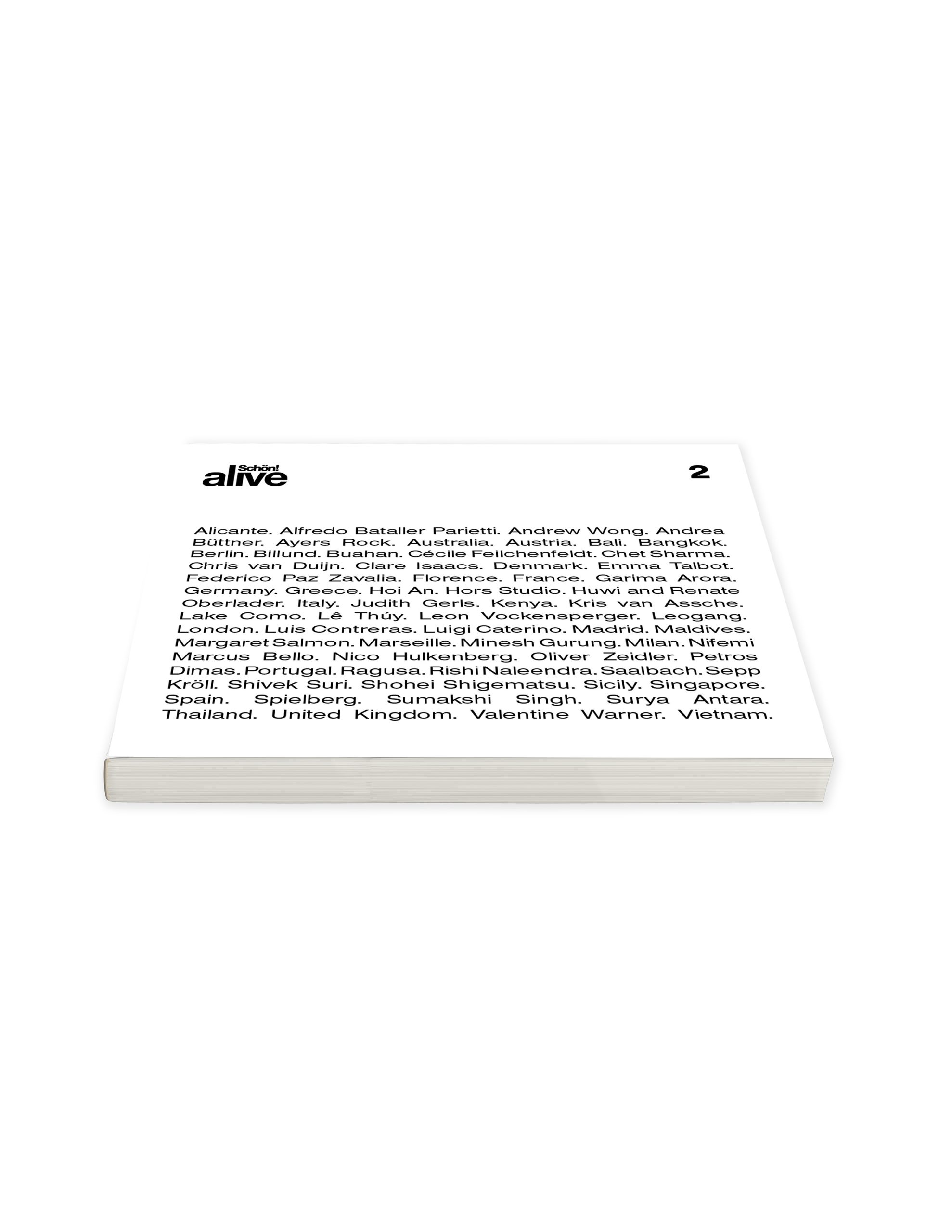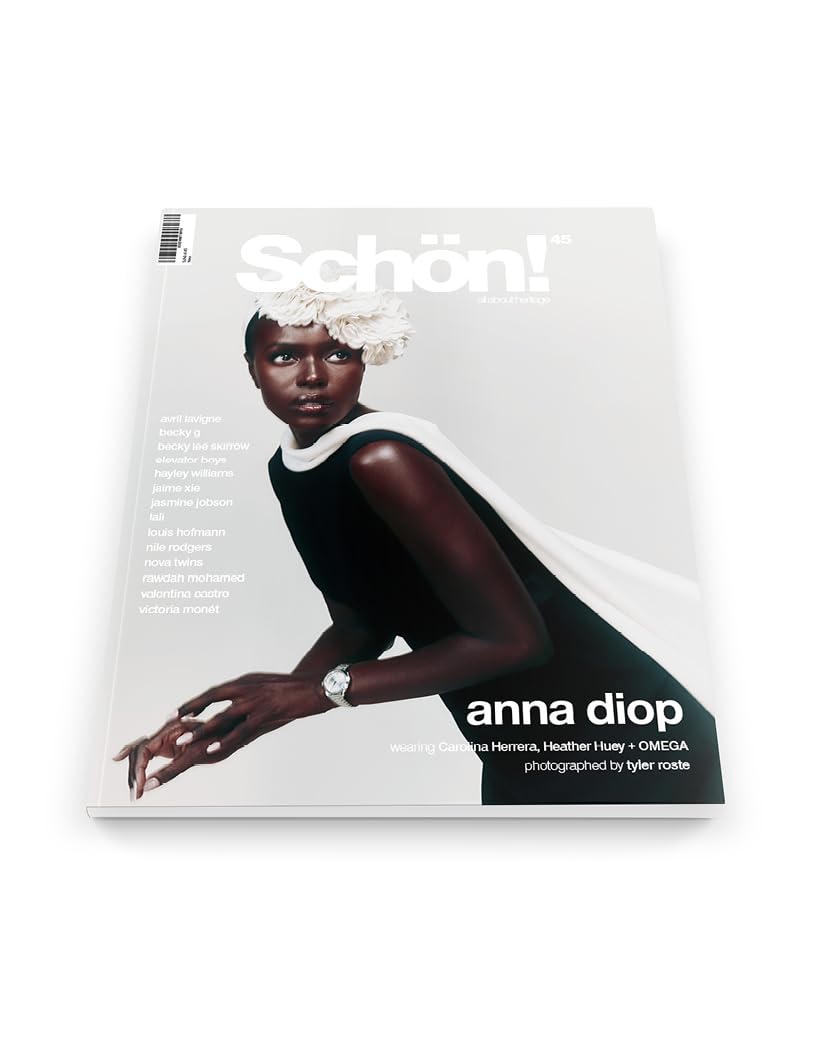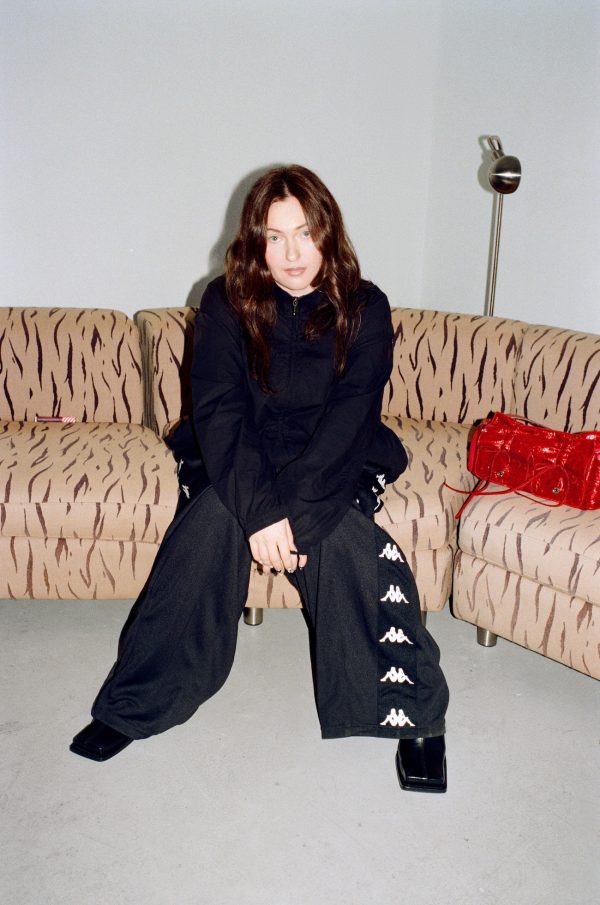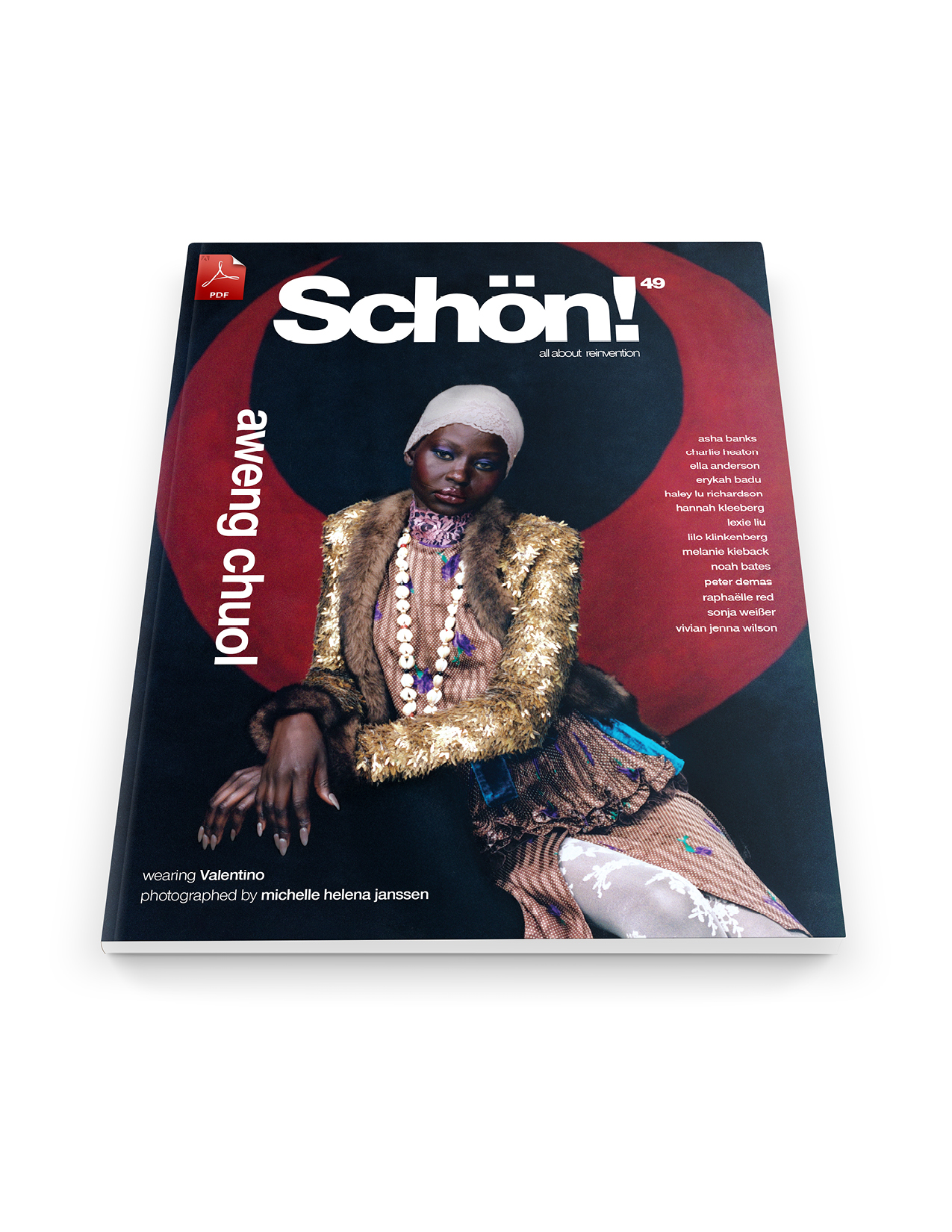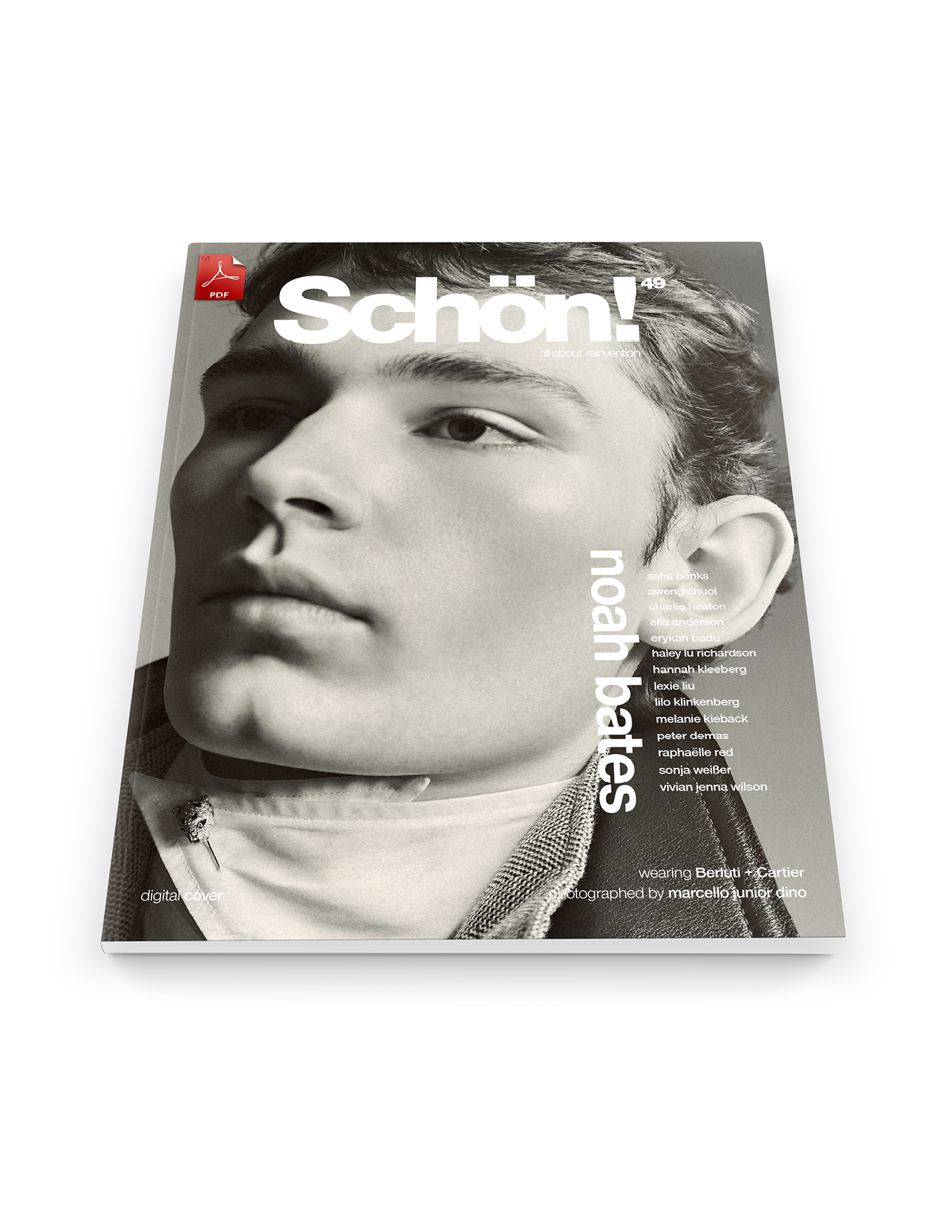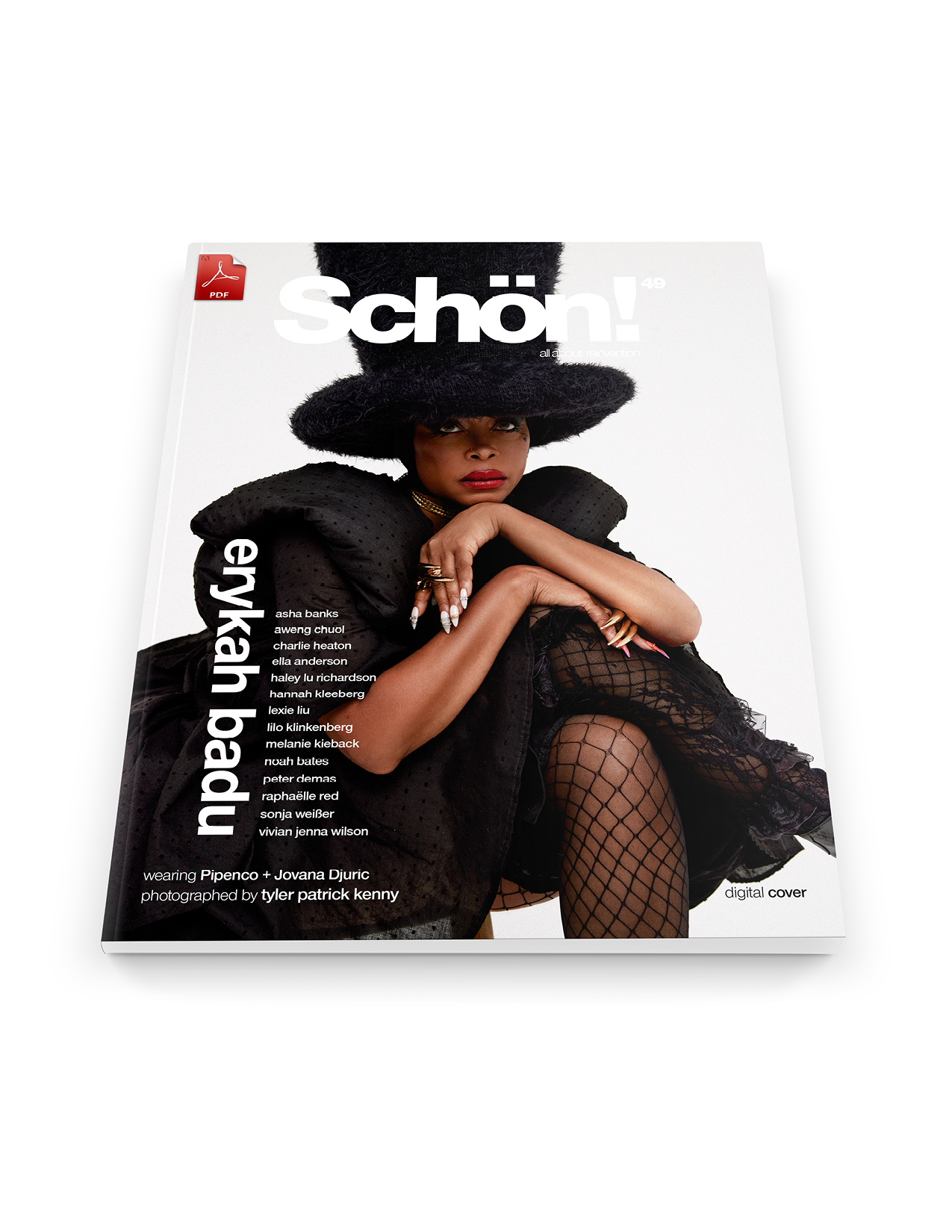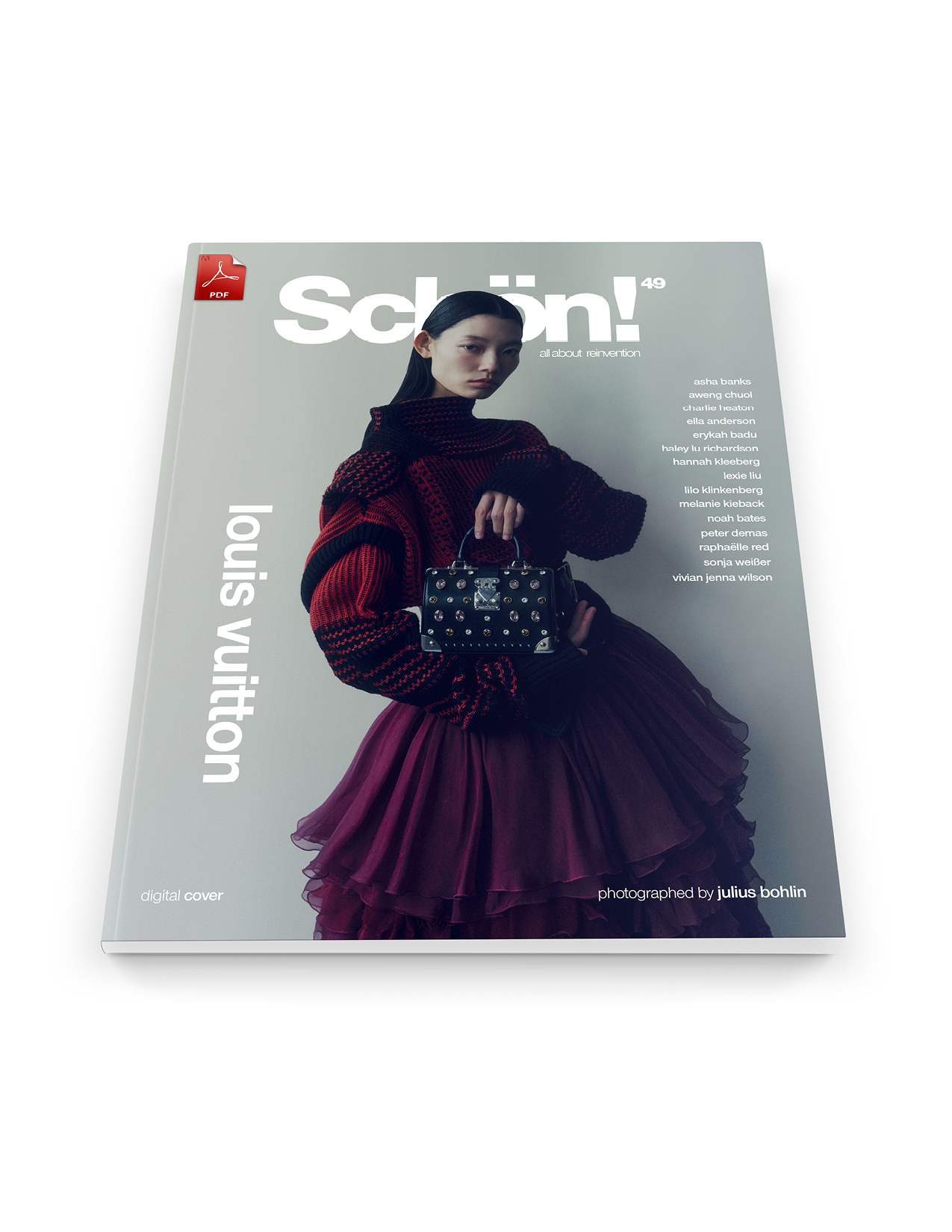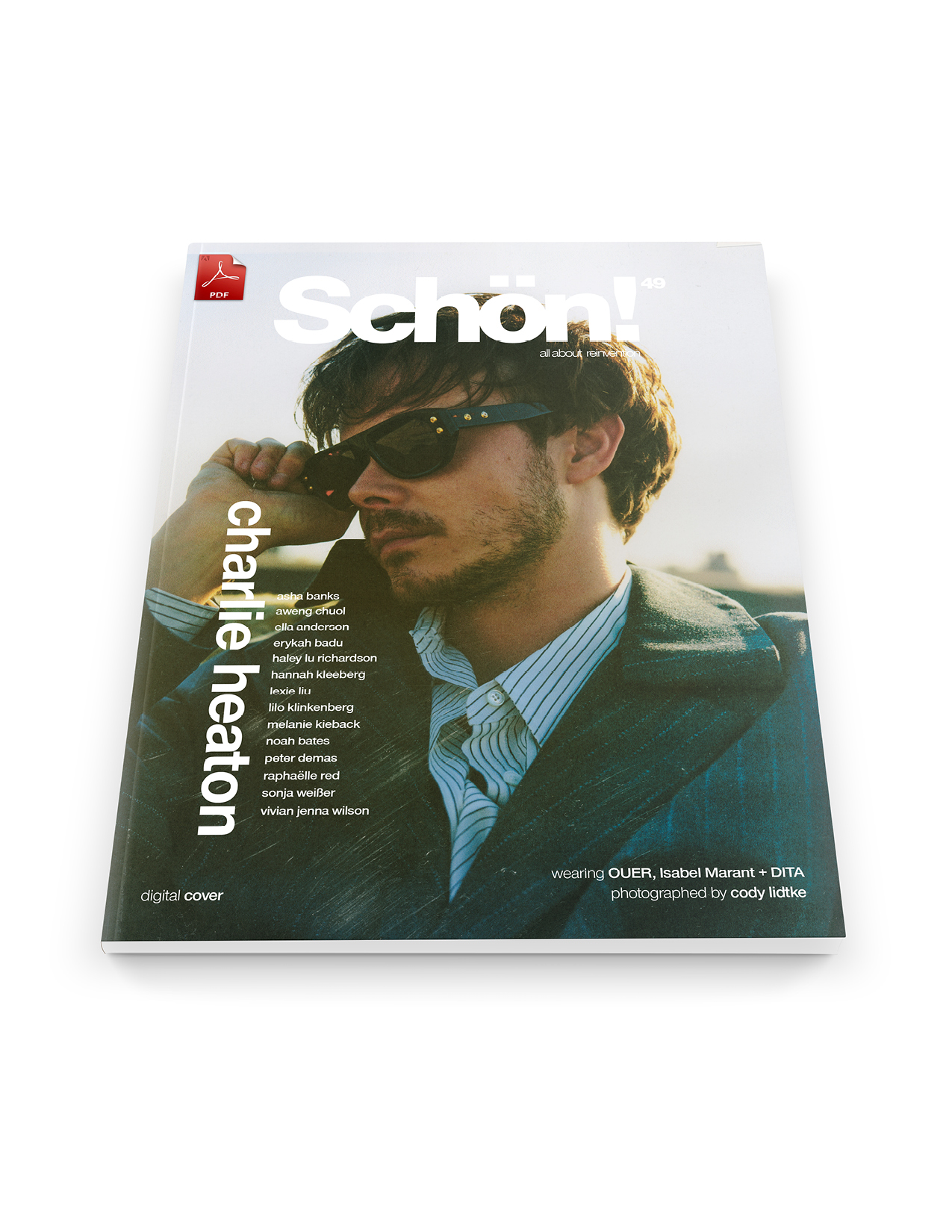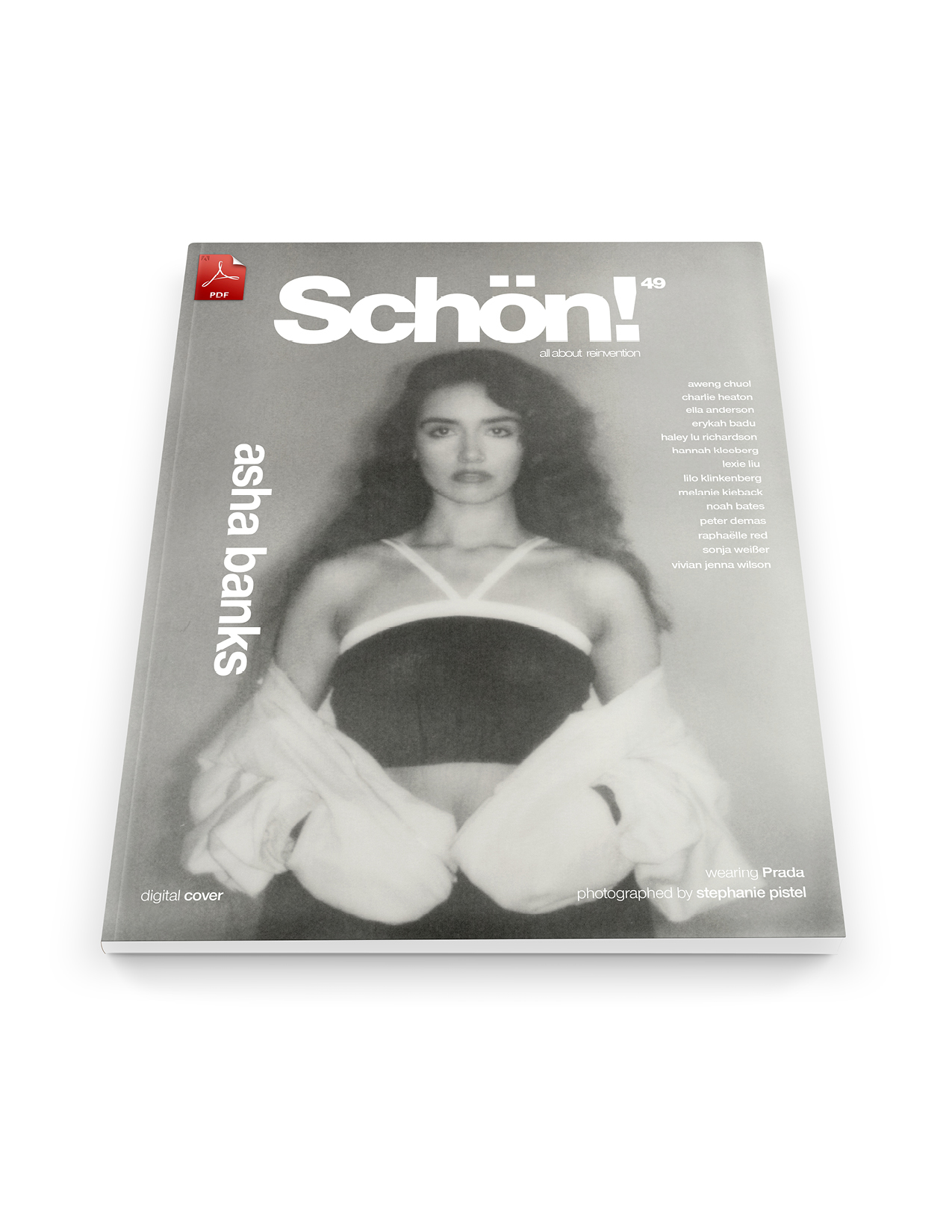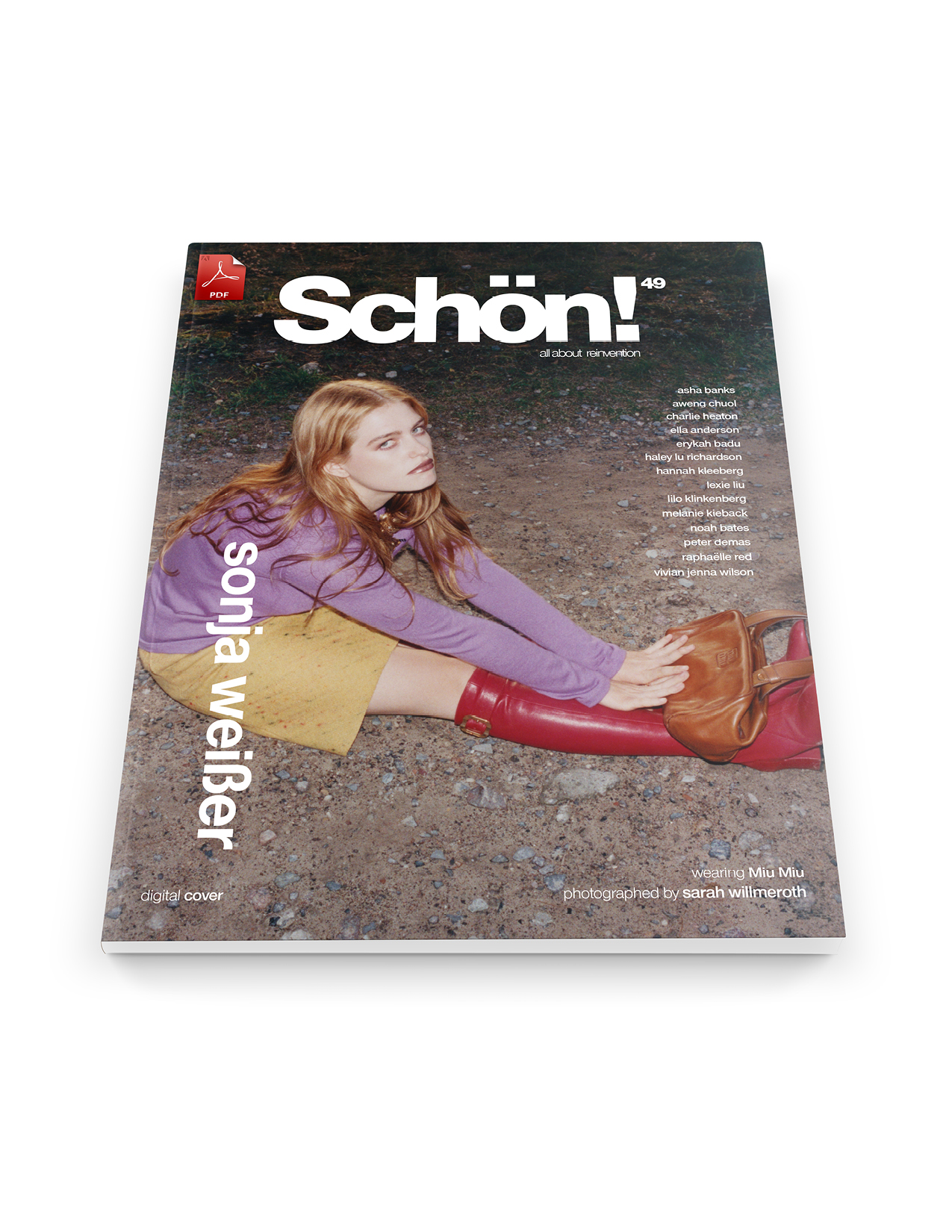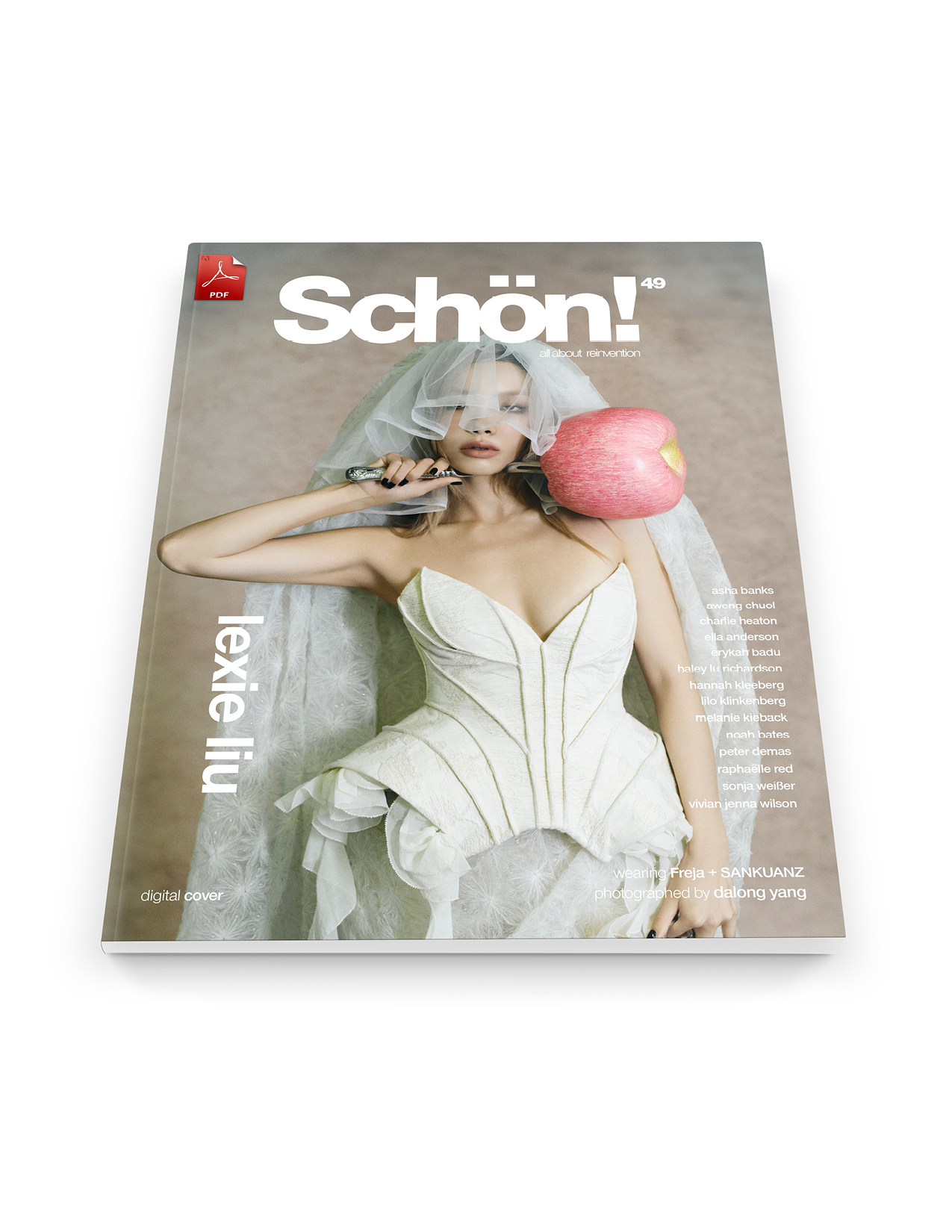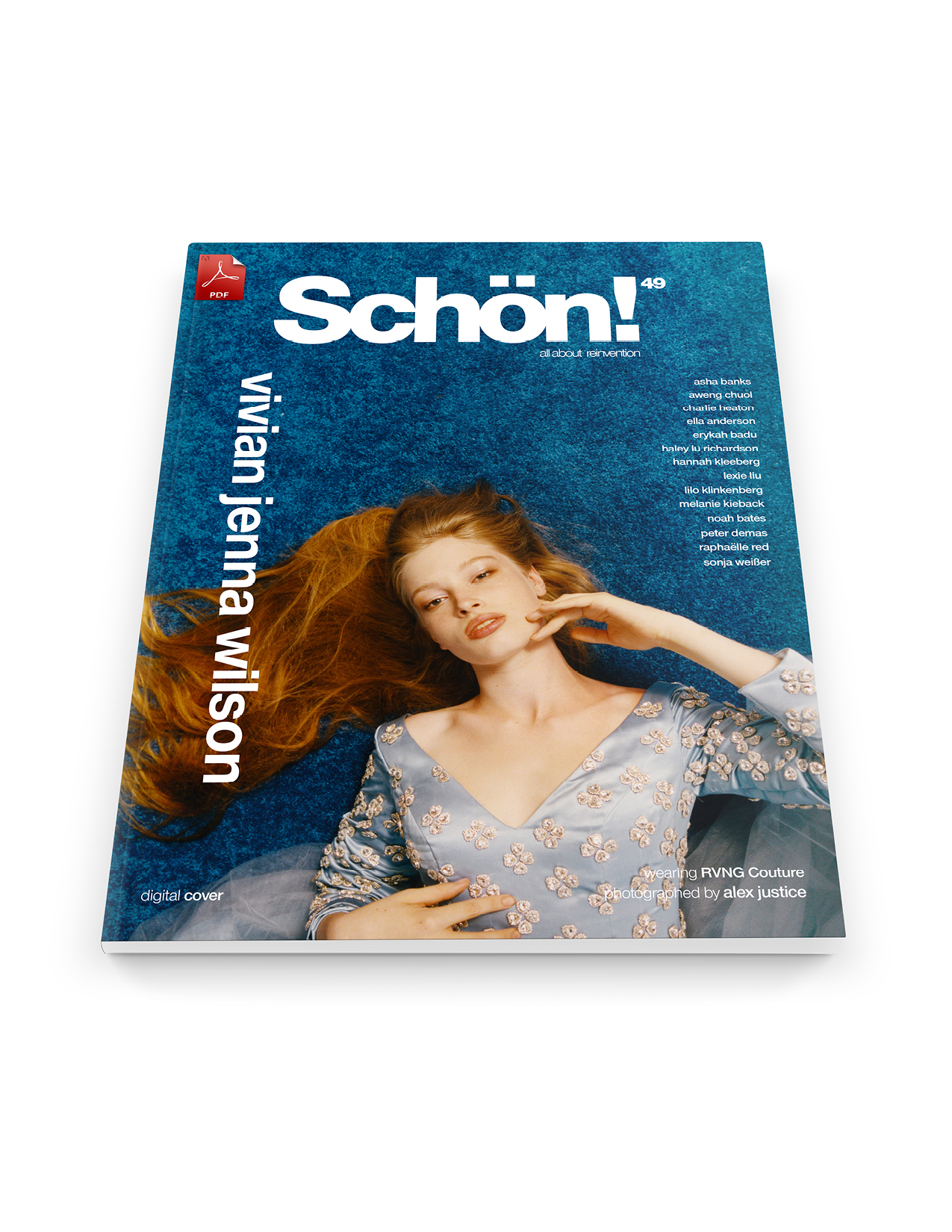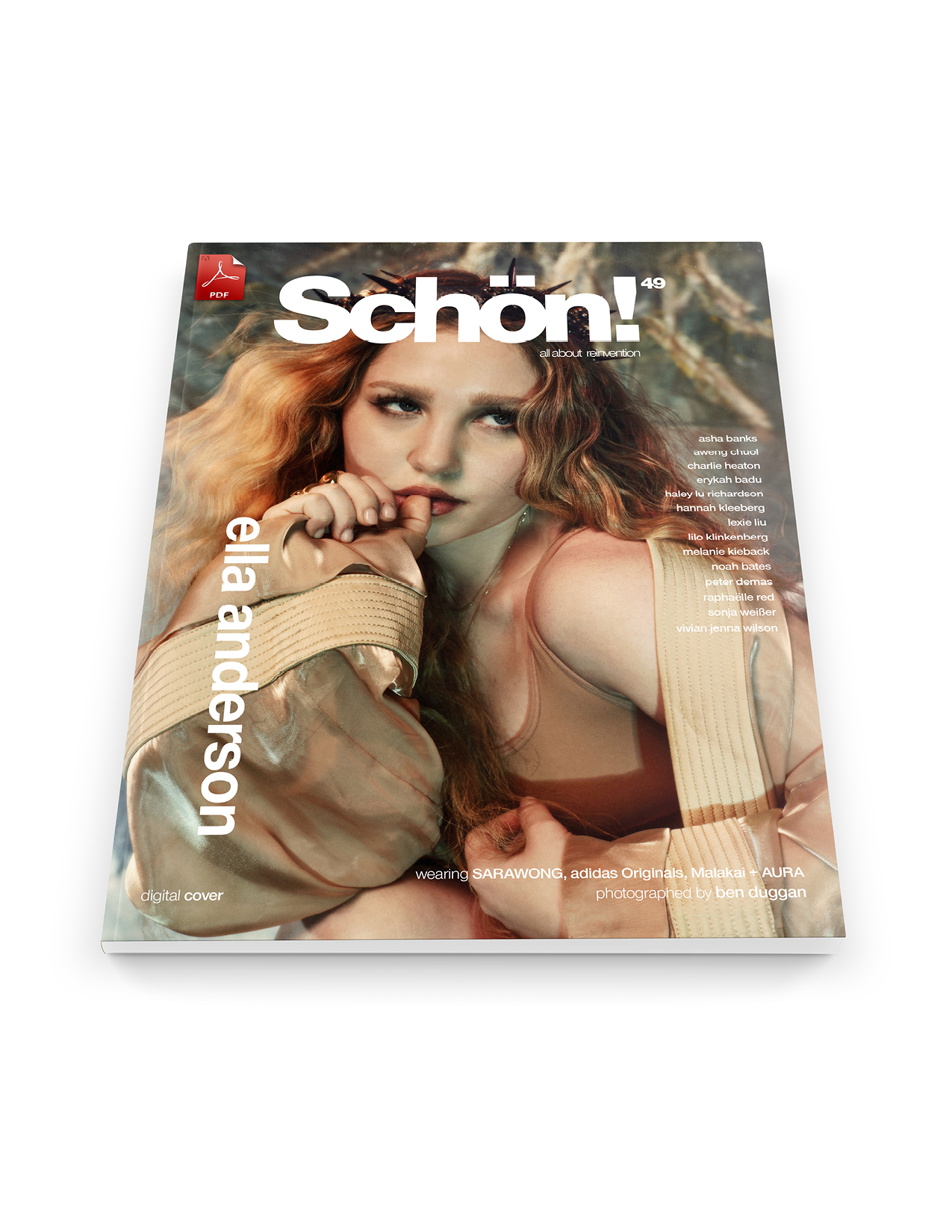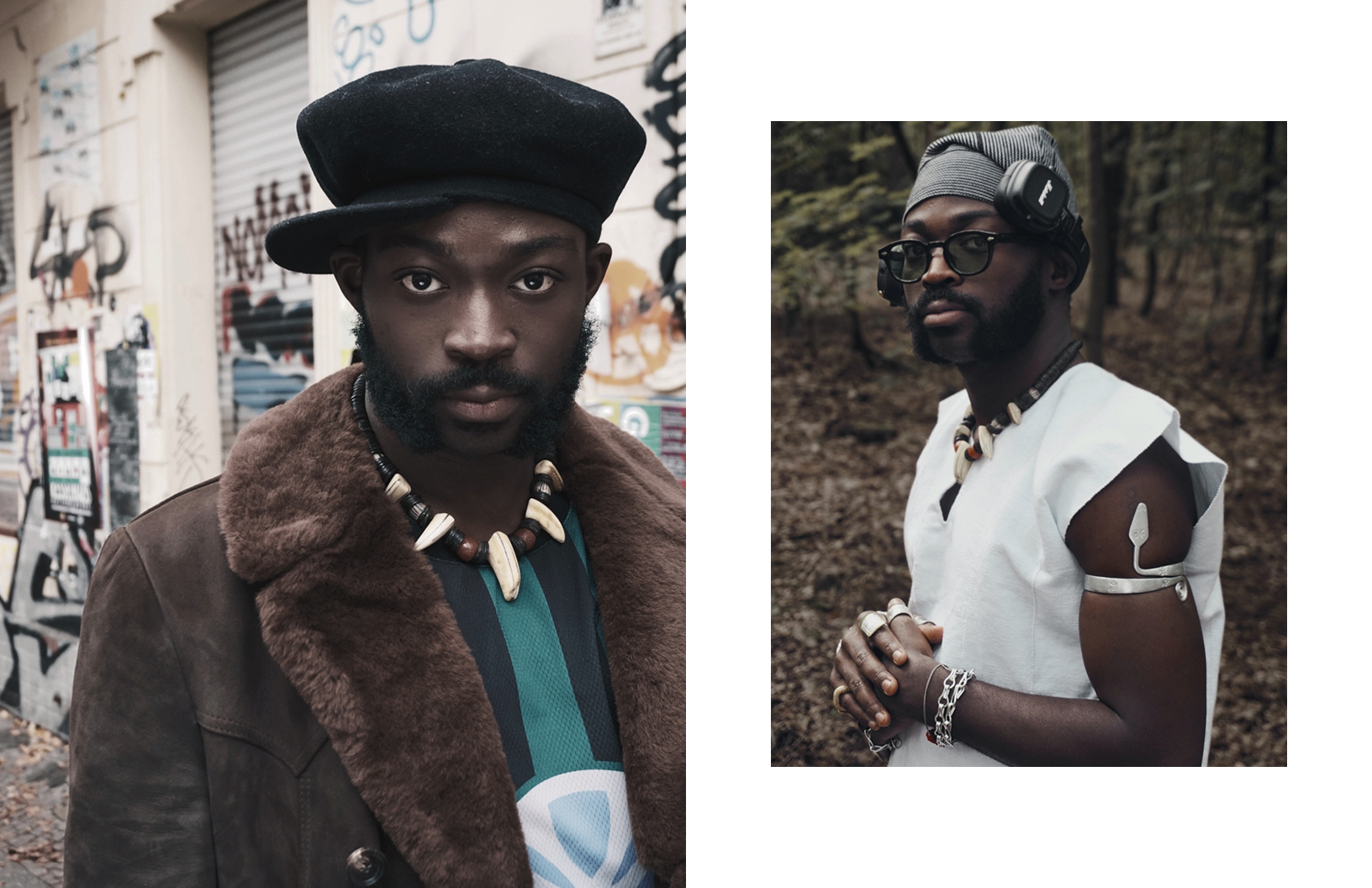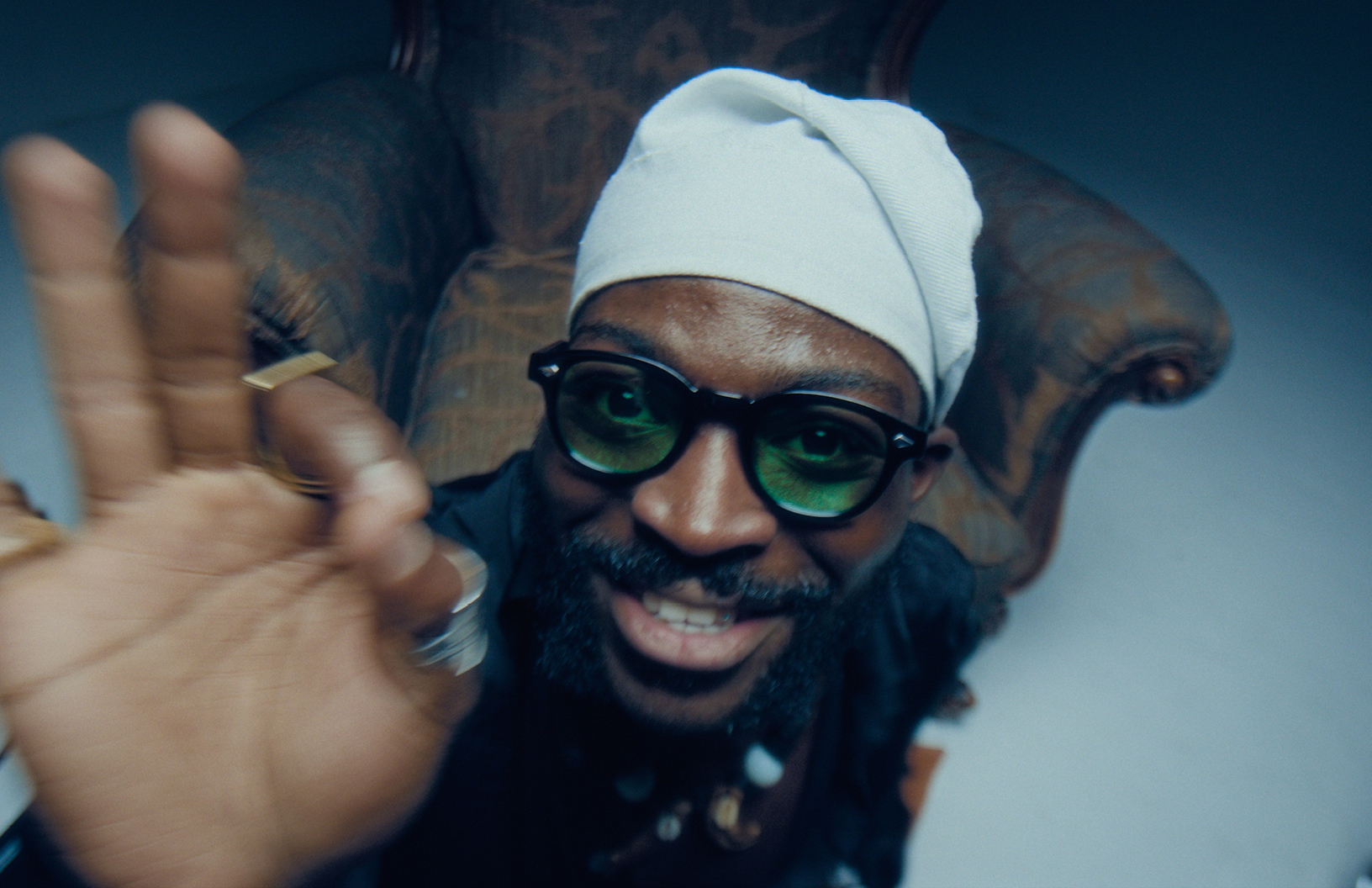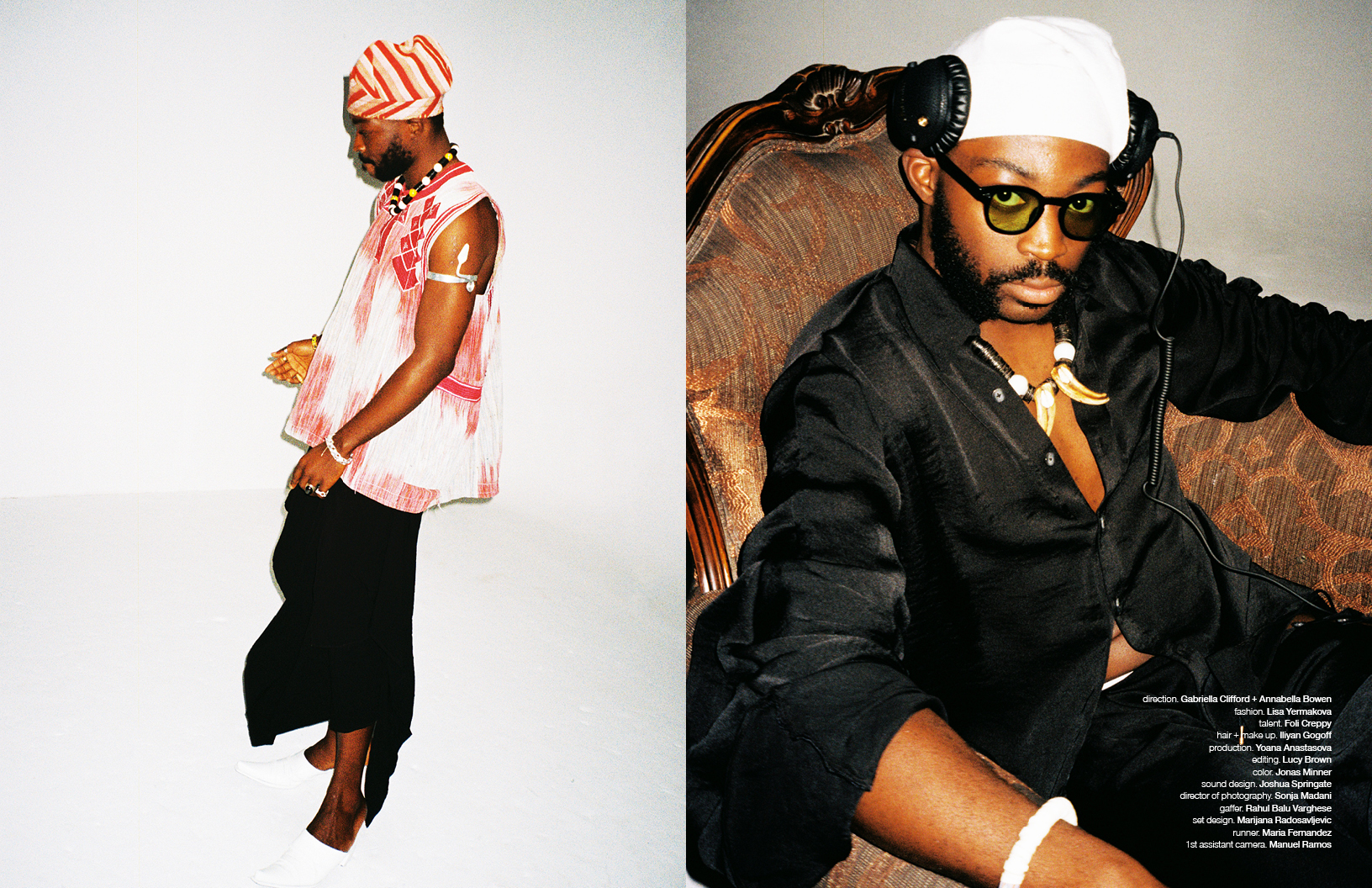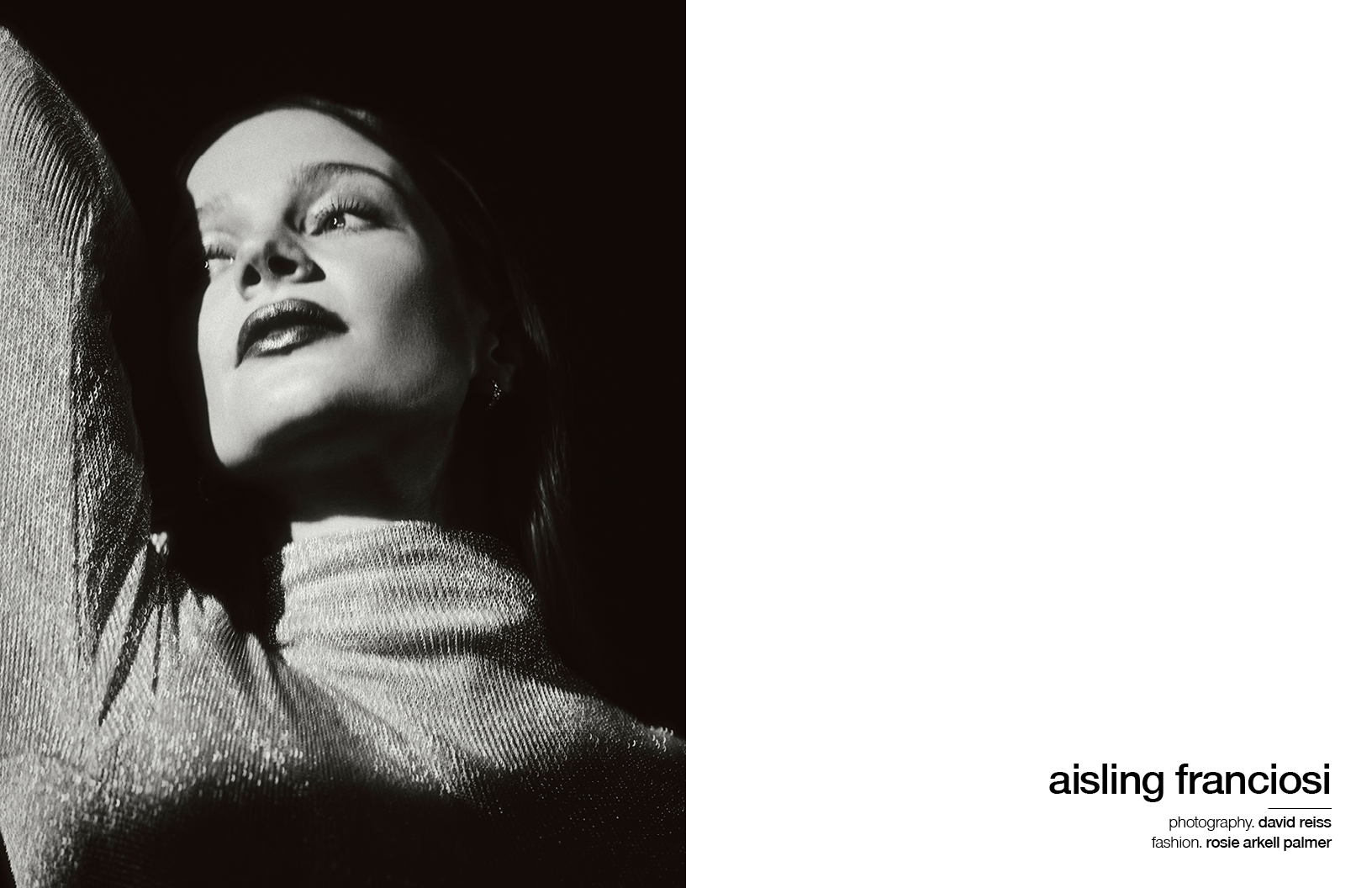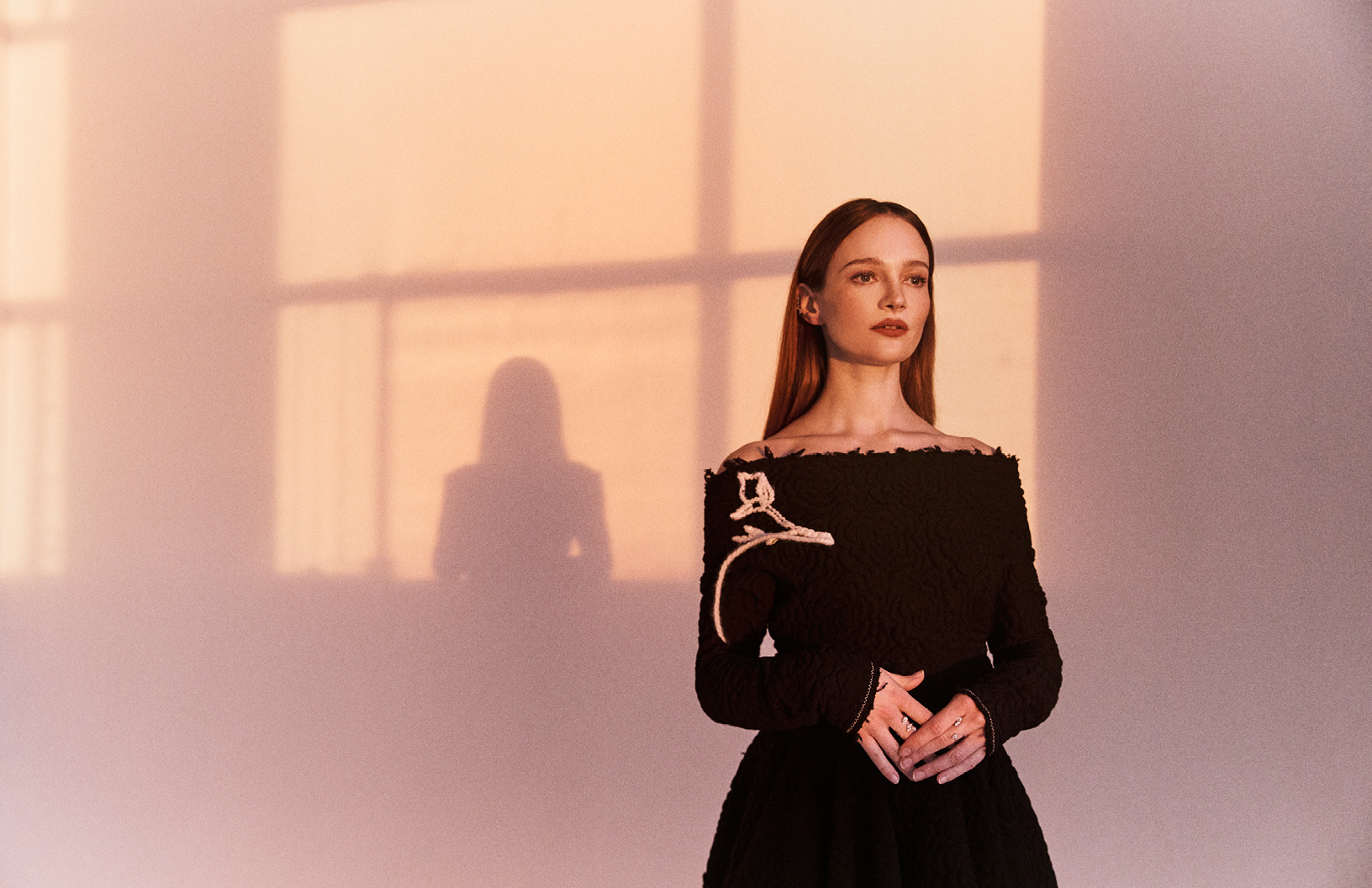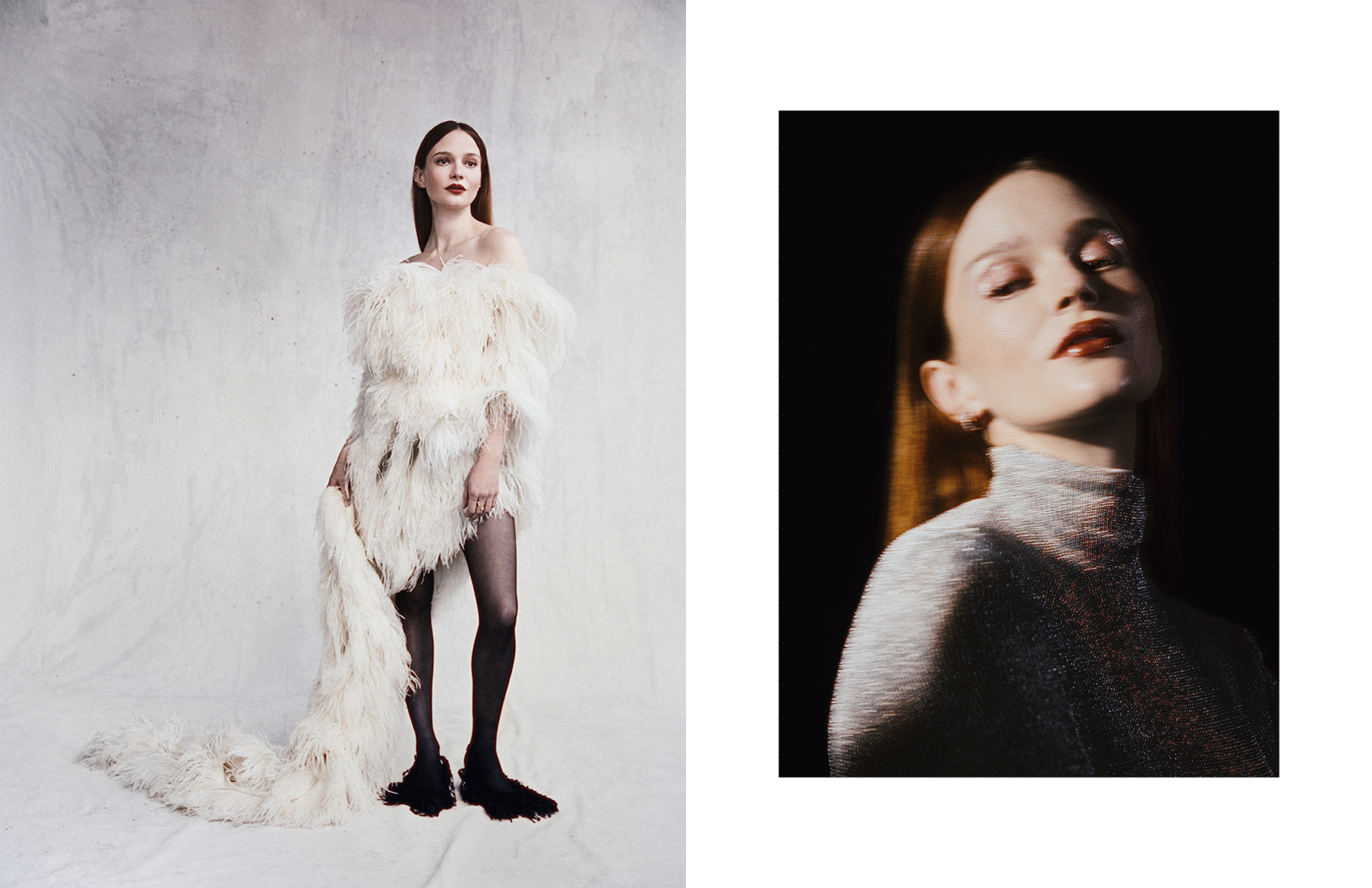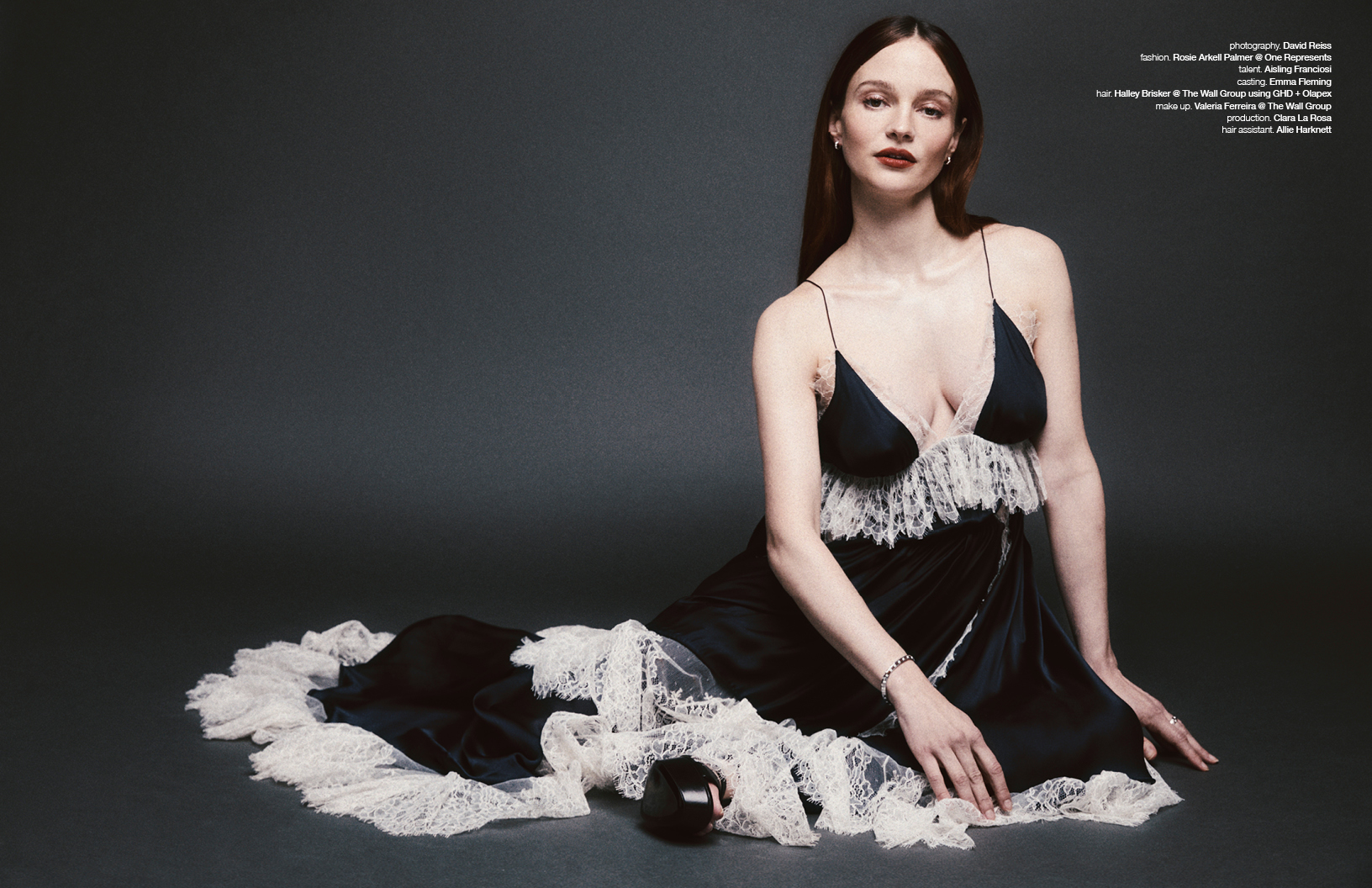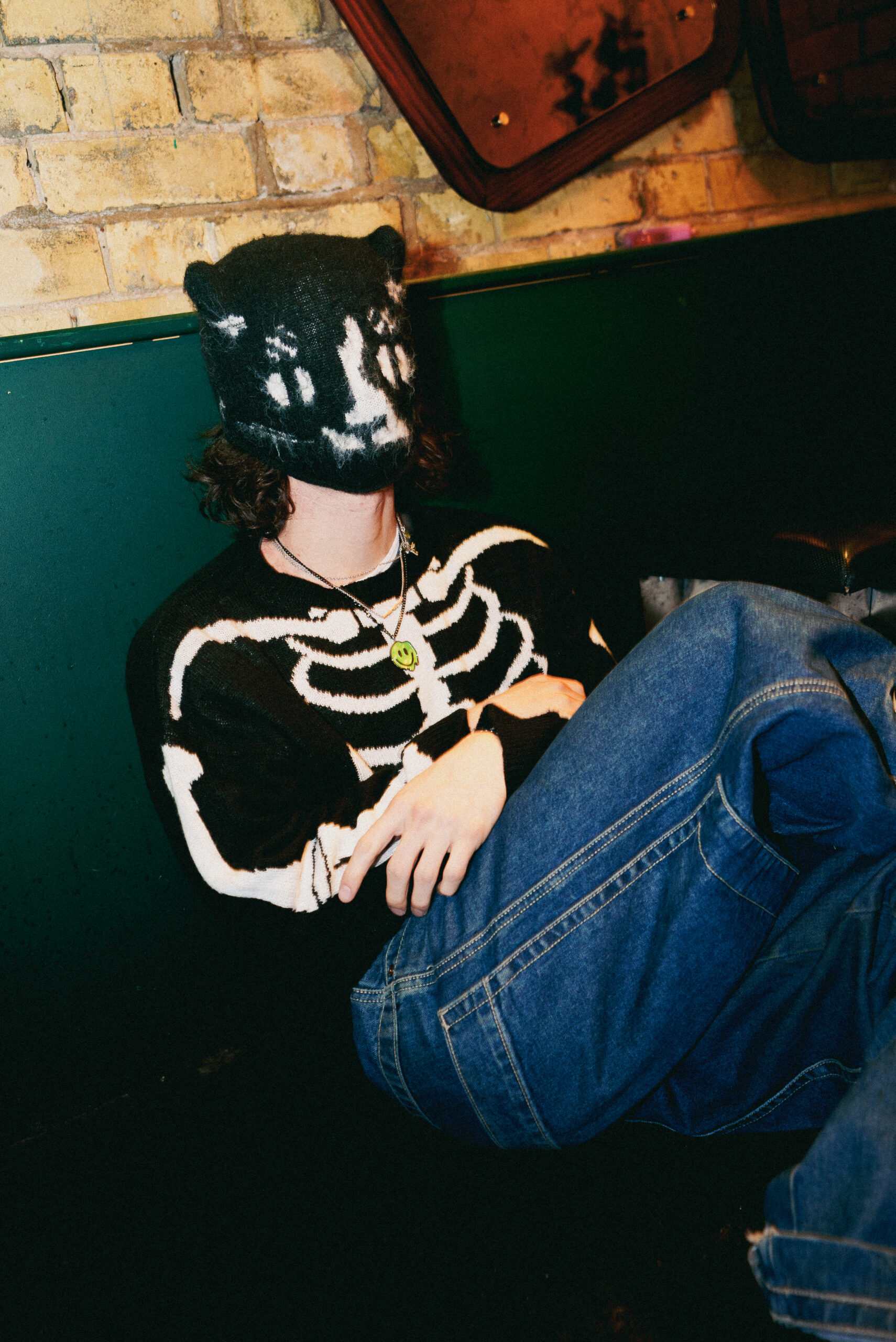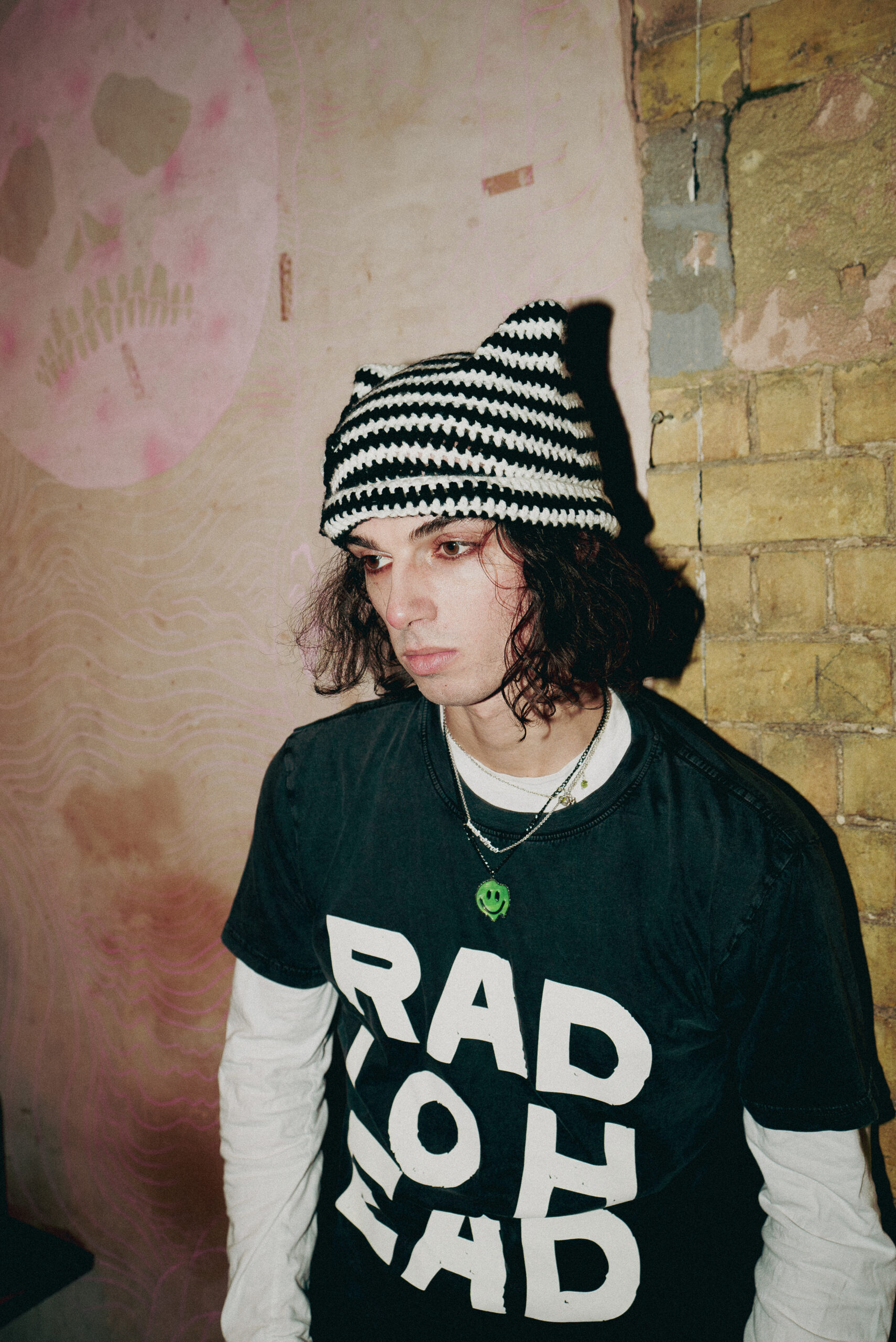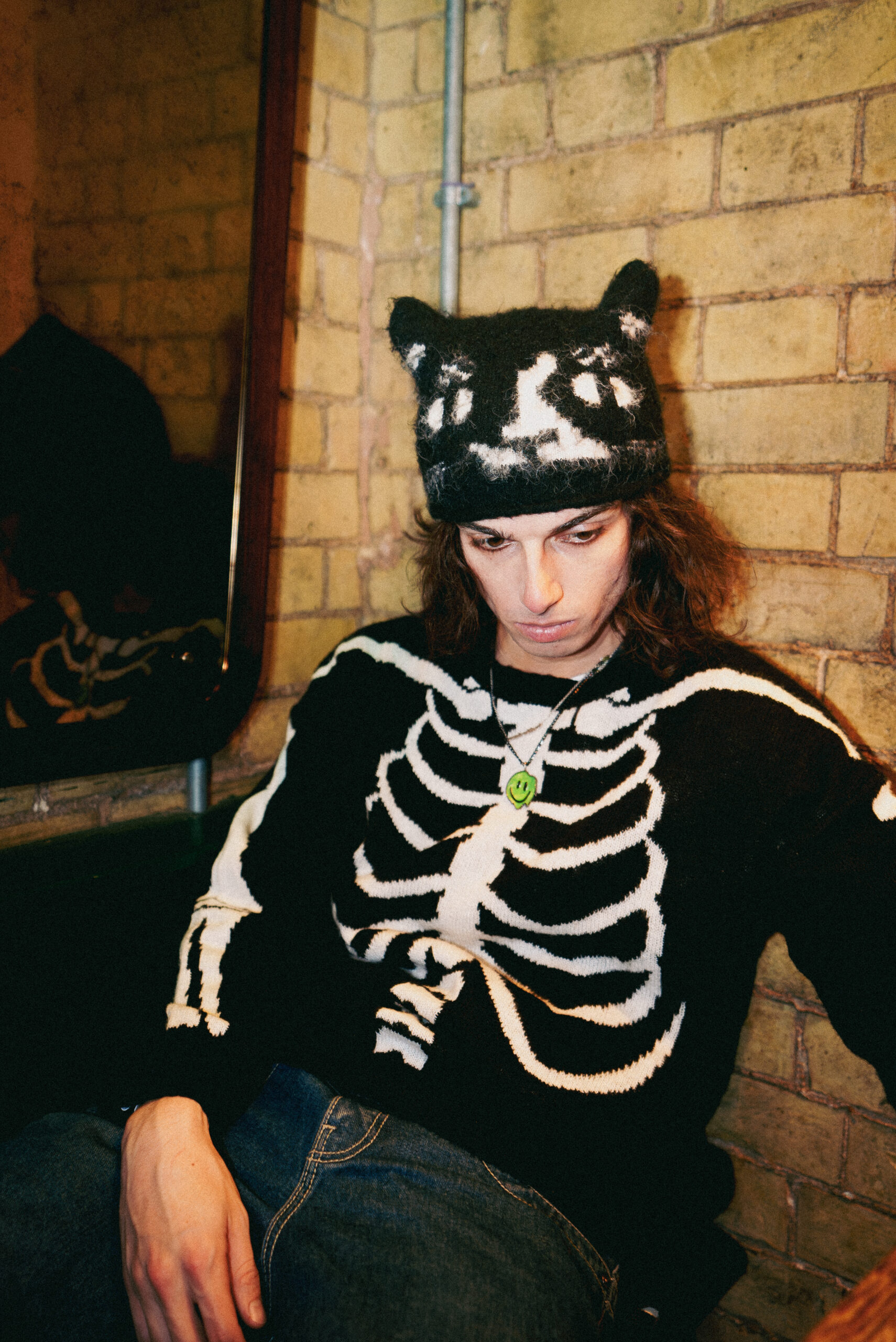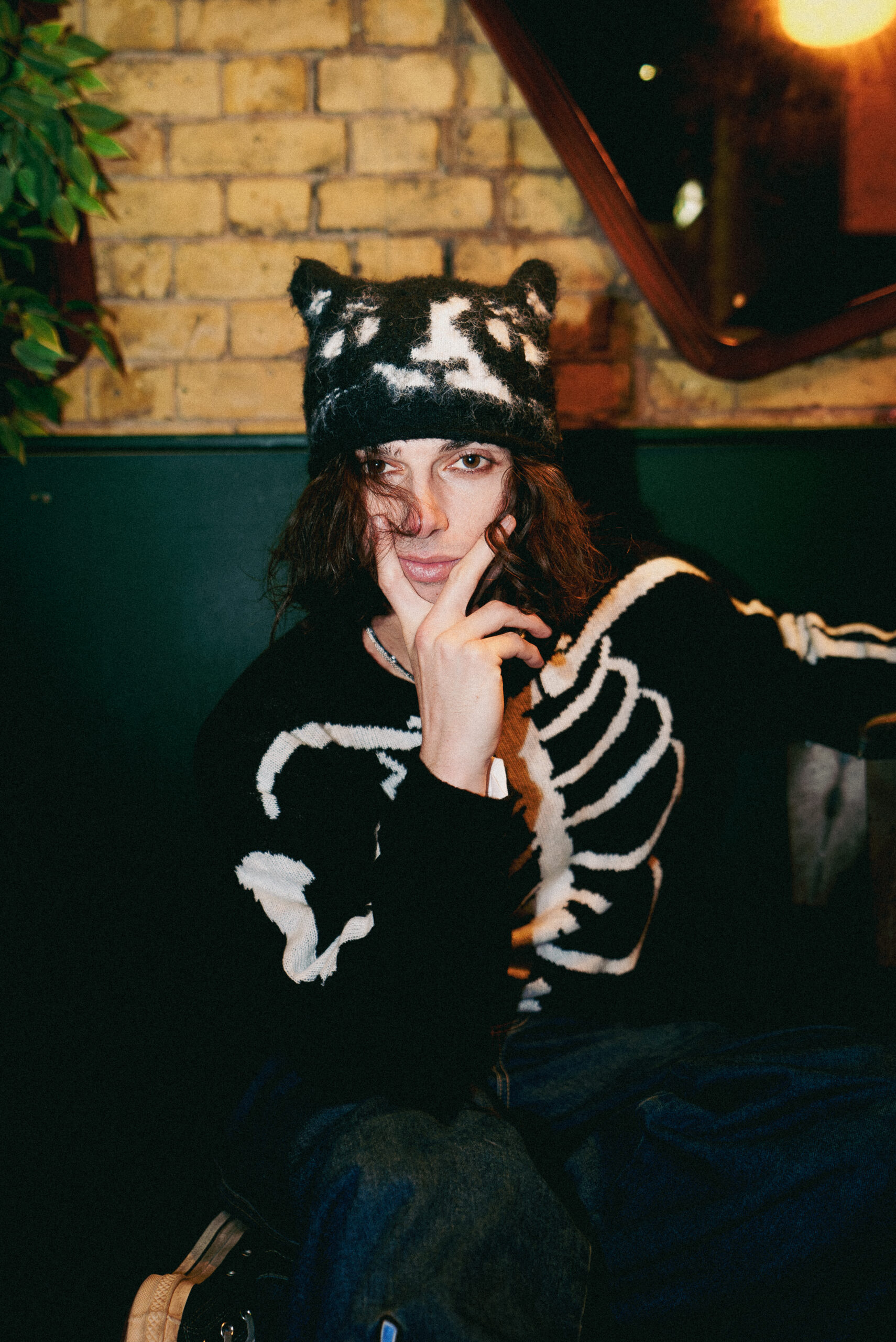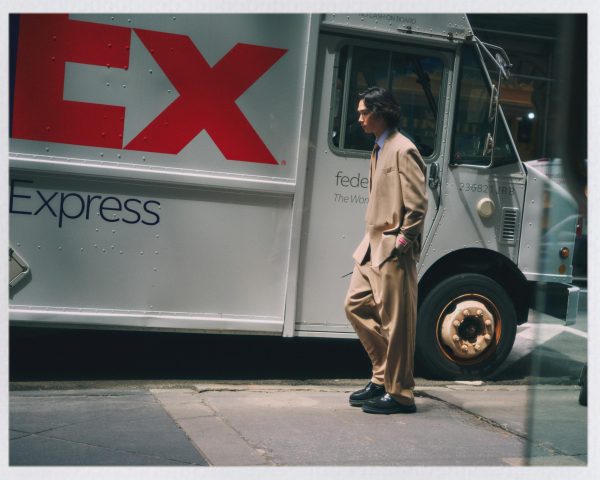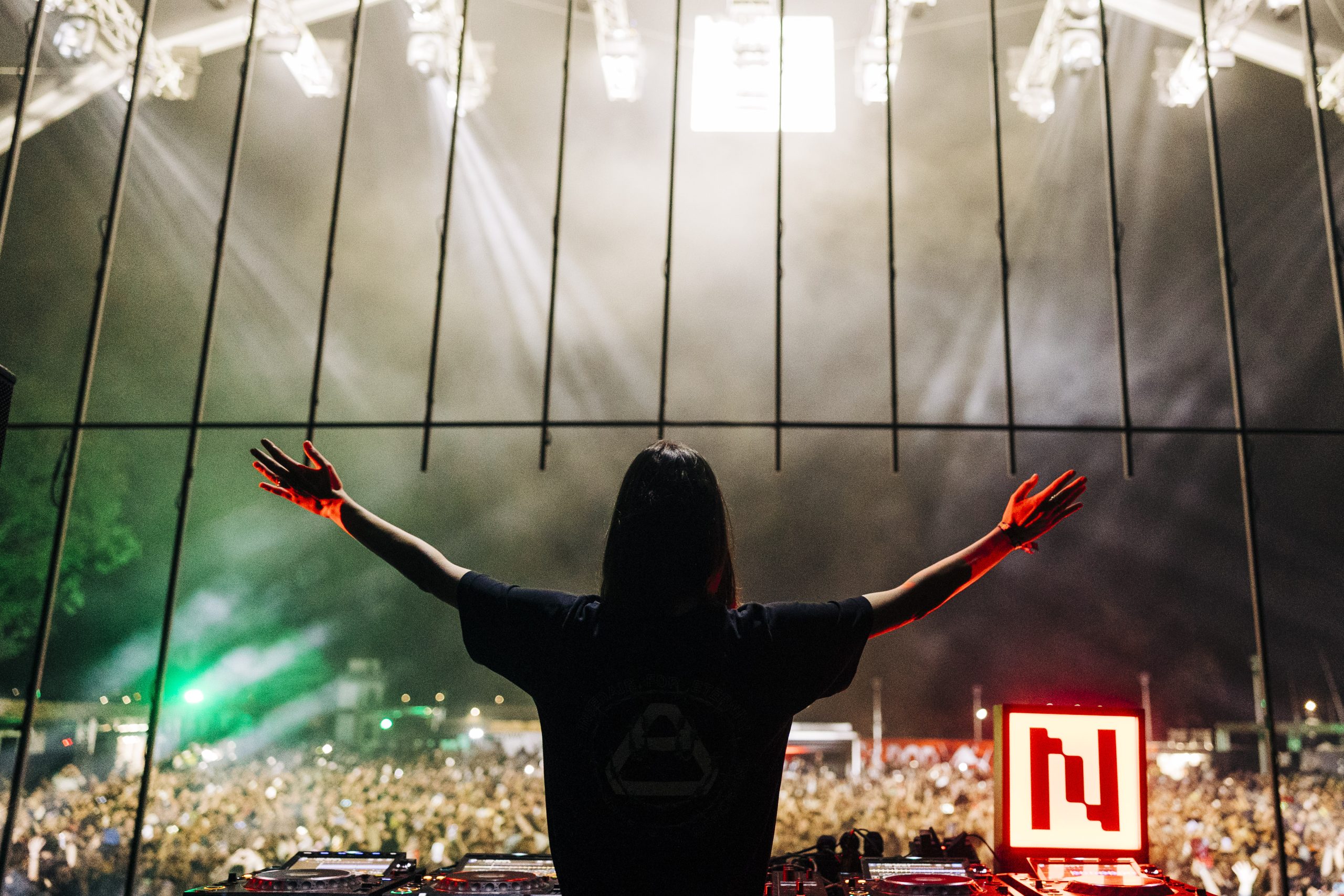
Maris Jones has pinpointing an aesthetic down to a science. No, seriously. She explains as much in her new book, “Unlock Your Aesthetic.” For the uninitiated, Maris Jones is an artist, all-around creative, (and now) author. Rising to fame on Vine way back in 2015, her nostalgic and wistful installations have garnered a lot of praise over the last decade, working with the likes of Vogue, Nylon, and musician Chappell Roan to name a few. Although finding an audience online wasn’t the goal, it was a reconfirmation of what she already knew: creating is the end all be all for her.
But, as luck (and talent) would have it, she found her niche, her audience, her work resonating and finding its voice, cutting through the internet noise. Jones’s work is so unique and unapologetic, that it makes you yearn to create something of your own, to take a risk, to think outside the box and see what sticks. As adults, it can be so hard to remember to make art and embrace the finer things in life, but Jones makes a point of emphasizing how important making art is, how good it can be, and the benefits of having it in our lives.
Unlocking Your Aesthetic aims to help the reader find their panache, their way of owning who they are. As we talk over Zoom, it’s clear that Jones is a big believer in embracing ‘happy accidents’ in taking what you’re given and making the most of it. Because, who knows, you just might find a passion or two along the way.
In conversation with Schön! Magazine, Jones discusses her love of creating, “Unlocking Your Aesthetic,” what it meant to her to work with Chappell Roan, how art is formative, making the most of a ‘happy accident,’ and so much more.

Take me back to when you first fell in love with filmmaking. What movies and shows inspired you on this path?
There’s a very specific first memory I have. My dad showed me this film called Clash of the Titans. It was the original one from the 80s. I think I was about five or six, and the effects in the film were just so incredible to me. The animator was named Ray Harryhausen. He did all the films from the 50s, 60s, 70s, and 80s, about stop motion effects. I was blown away by how it looked on screen. I wanted to know how to do it. You know, we used to do it all the time as kids. You take a single frame of a photo, and you can move objects to make it look like it moves. After that, all I could do with my toys was carry the home video camera around and create. I knew from that day on I was never not going to be creating. That movie was substantial to me for that reason.
You have finding your aesthetic down to a science in this book. When did you start compiling all of these ideas? When did you decide you wanted to write it and put it all in one place?
I was approached to write this book. I didn’t think too much about my process before. But when I was presented with the idea to come up with something to write, I thought, “I can do this, it’s like the back of my hand.” Suddenly, I started to realize that there was a system I had been using that I wasn’t even aware of. When I started to put it down on paper, it was an incredible realization. I probably knew there was one subconsciously, which is why I knew could write this book. I was a little surprised at how much came out of me. Once it was coming out, I thought this could be very helpful to a lot of people. Because we talk about having dates with their inner child, and how to journal and do all this stuff, but it never specifically gives you insight into how to go back to those moments or reach your inner child.
You said in the book that ‘letting go’ is key to making art. Why do you think adults have such a hard time doing it?
I’ll just say this first off, as I get older, I’m not necessarily practicing what I preach, because, as we get older, our brains are more developed, and we have more receptors in our head. We’re more perceptive. I think we’re just way more aware of context and where things fit in. It makes us not able to ‘let go’ of things. When you’re a child, you see these things that you love, and you just decide you like a thing. As adults, we have these set things that we’re taught over the years. We have to remember to undo the things we’re aware of now as grown-ups. It’s very complicated, especially with social media. You’re just inundated by social media, everywhere. Social media feeds into that perfectionism, we get caught in our own trap.
I absolutely agree. We get caught in the trap of comparison. One of my favourite parts of the book was right at the beginning of chapter one, where you created your own aesthetics list. I loved the idea so much; I started my own aesthetics list. Has your list changed at all, as you’ve grown? Has anything been added?
The very formative years make up something that’s your core system. So, I think that whatever I would add to the list now would fall into the same categories. Maybe as I get older, there’s more there that I might add, certain moments that made me feel a certain way that I haven’t experienced before. You have different experiences throughout your life. But I mean, I’m inspired by everything all the time. With social media, you see all these wonderfully talented people at all times. You’re consistently always inspired by everyone. Social media is a double-edged sword.

Speaking of talented people, you’ve worked with Nylon, Vogue, and Rolling Stone. But most recently, you worked with Chappell Roan, creating pieces for her at the Governor’s Ball and her late-night appearance on Jimmy Fallon. Were you given complete creative control? Were you allowed to go ham? Or was there a collaboration happening?
I would say it was a wonderful experience. She gave me a theme and let me run with it. It was super fun. Super amazing person, a super incredible team.
What was the inspiration behind the apple at the Governor’s Ball and the swan for Jimmy Fallon? The swan set in particular was gorgeous.
Oh, my inspiration was Barbie Swan Lake [laughter]. That is my childhood projecting there. I honestly can’t believe this is job. I was thinking Swan Lake, a classic ballet, and then Barbie Swan Lake, in which you’ll see certain elements peppered throughout it.
How long does it take you to complete the finished project from conceptualization?
It depends. It completely depends. What I like to do is sit with a concept it’ll be a theme or a trope of some kind, then I will do a lot of walking and listening to music, and I start to unpack it. The idea will take a week to fully ruminate. But after that, the videos or photos or whatever I’m working on can take from a day to three weeks.
That’s incredible. When did you sort of realize that your art was starting to garner attention and a following? What was that like for you?
It’s funny because I started on Vine, which feels like a long time ago now [laughs]. You know, I was me. I was making art. I would say the first couple weeks of me creating a Vine, I went viral. I say this in the book, I think is a very helpful reassurance to keep creating. So I do. But I would have continued anyway with or without an audience. But I think it immediately made me realize that no matter what, I think there’s a way for me to keep creating and keep developing myself. If I double down, and if I care enough about it, you know, things will start to happen.
Do you still pinch yourself?
Yeah. Oh my god. Every time I’m doing anything, I can’t believe that I get to create all the time. But gaining a following, it was such a natural, slow, progression. That wasn’t the goal. It was just to create and hope that people enjoy what I’m doing. I was happy when it was a couple of 1000 people just joining in. I try not to focus on that aspect of it too much. I just create to create. Because if you start to focus on numbers and likes, it gets lost in translation, and I get tripped up. It feeds into my anxiety.
A constant theme that kept appearing throughout the book was the topic of ‘happy accidents.’ How do you embrace those? And what advice would you give to someone who struggles with perfectionism?
If you create something, and it doesn’t look exactly the way you wanted it to look, it can sometimes be a really cool and great thing because you weren’t even going to come up with that to begin with. It doesn’t look like the thing you were trying to do. That’s actually how you end up with a new idea, which can then also spark other ideas off that ‘accident’ you created. So, in that way, it’s happy accidents are one of the most important building blocks to self-discovering yourself. I would say for people who are stuck wanting perfect outcomes, remember, how you feel when you look at things. Are you focusing on all of those little moments the other person might think are imperfect? Probably not. We focus so much on ourselves, it’s hard to realize that other people are also doing the same. If you’re getting your point across and executing the concept, the messaging behind what you’re trying to create will follow.
How would you say being an artist has shaped your worldview?
I feel like I’ve been this way forever [laughter]. My parents are both creatives, so I feel like I’ve been very fortunate to have a situation where I’ve always been able to think of the world in a whimsical, abstract, open way. If anything, it’s made me double down on the fact that we need to support artists, we need to fund, we need to fund creative programming. I believe that we’re all creative from inception and that it’s just other things in our lives that help us nurture that creativity. But I think we all naturally want to do some form of creation. That’s why we need the funding because people need to create.
I agree. More music programs, art programs, etc.
Those are always the first things to go and it’s heartbreaking, because yes, we do need English, math, and all of those things. But art is so fundamental as well. We need it. Whether we realize it or not, it helps our mental health so much just to have creativity in our lives. With AI not being regulated, that also puts creatives online at risk. I think AI can be good if it’s just regulated. As an artist, that’s where my head is mostly thinking.



When you look at how far you’ve come as an artist, at the growth from making those stop-motion films as a kid to where you are now, what advice would you give young Maris?
I would tell my younger self to not get too stressed about where you are, or what you’re trying to accomplish at any point in time. Time is short, but also very long. There’s a lot of time to reinvent yourself and do different things. It’s not a race. You can be whoever you want to be at any point in your life, just cancel out all the noise. Because at the end of the day, what trips us all up, I really do believe, is all the voices. We’re all comparing ourselves to each other.
That’s very sage advice.
I would tell myself, take a deep breath. You are creating. It isn’t silly. It’s who you are.
Pivoting away from art a little bit. When you’re not creating masterpieces or writing books. How do you unwind? What does a day off for you look like? Do you have days off?
I don’t have any days off right now. But when I do have free time, I love open-world video games. I feel that’s my other way to make a movie. I can control the plot, you know, so I love video games. I play them all the time. That’s how I turn off my brain, I guess. Walking and listening to music is one of my favourite things to do. I’m a simple person. One of my problems is that my hobby is also what I do for work. I feel very fortunate, but I do run into that problem where I have a hard time figuring out what to do in other areas.
When you go to an art gallery yourself, what are the pieces you find yourself most drawn to?
I’m always drawn to work that is very vibrant in colour. Bold, sometimes sculptural. I like organic finishes, a lot of stuff with a texture that I feel like somebody hobbled it together with their hands almost. I love bold lines. If there’s a painting, I find that I like it when there are very strong lines, or even black outlines half the time, even if it’s a portrait.
Do you find inspiration there as well?
I draw inspiration from so many different little elements. Speaking of bold lines – I love Alice Neel, a portrait artist. She’s amazing. I love her portrait work. She’s got these beautiful, bold lines. I love Spike Lee’s films. I think he does such a great job with his colour, and just the subject matter in the way he shapes the subjects with all this vibrant colour. It’s incredible. Two examples of things that play into my work.
Lastly, what’s next for you? What’s something you’d like to manifest for yourself going forward? Is there a goal that you have for this year?
I would love to take more photos and have them on covers and magazines. I would love to have a photo on a billboard somewhere. That’s my next goal.

Maris Jones’ book Unlock Your Aesthetic is out now.
photography. Maris Jones
interview. Dana Reboe




